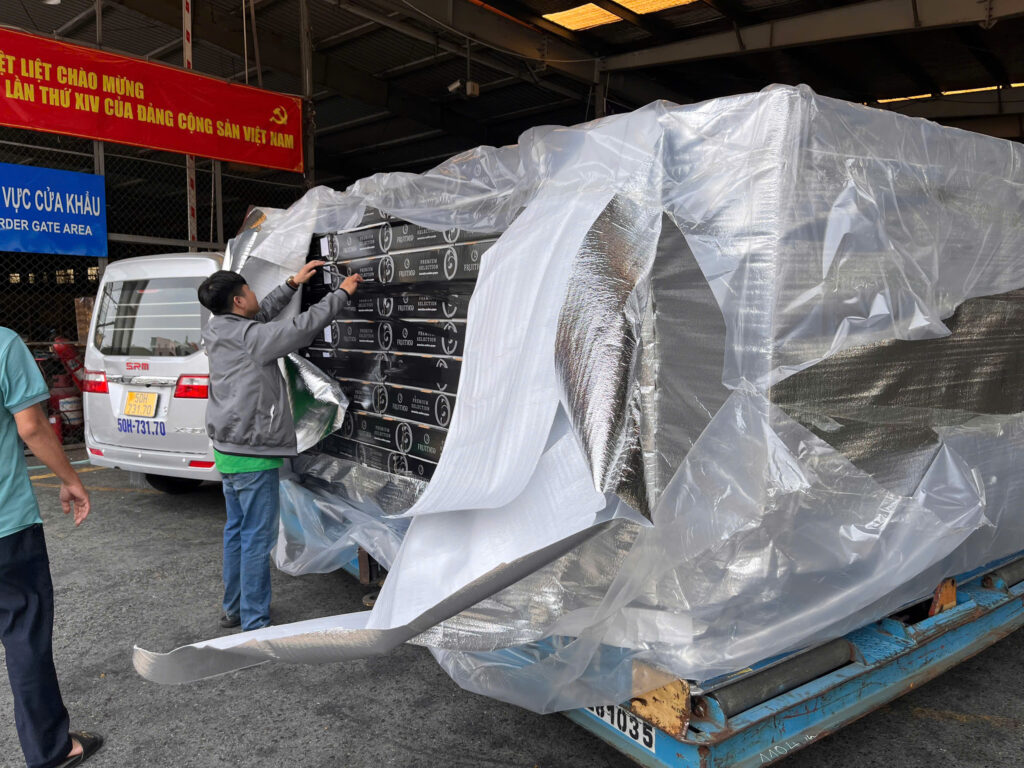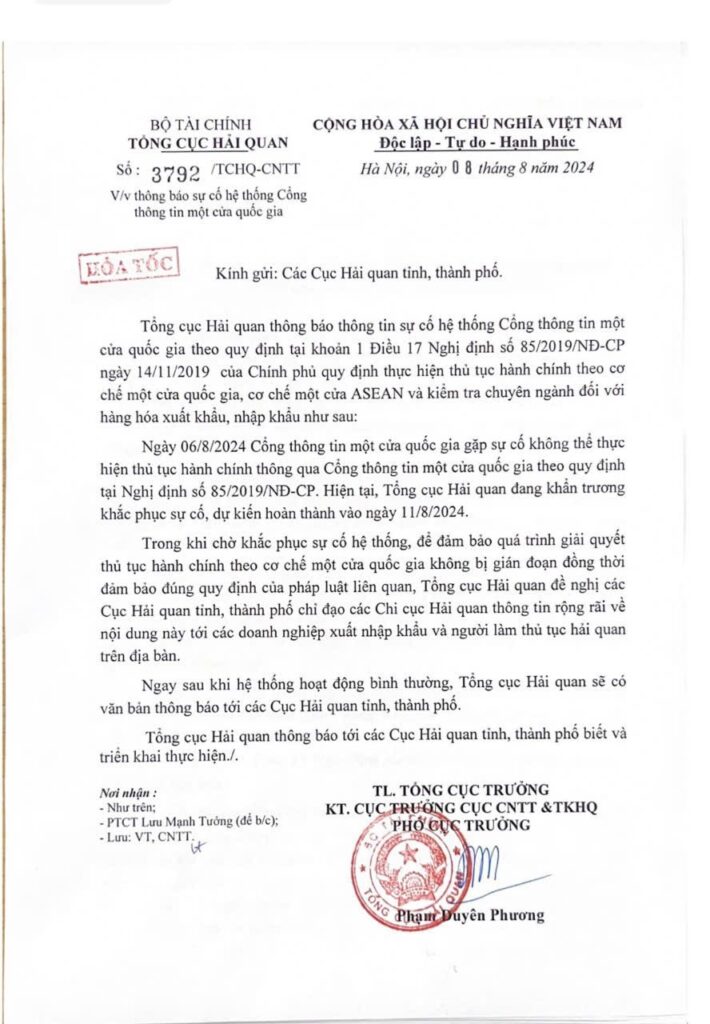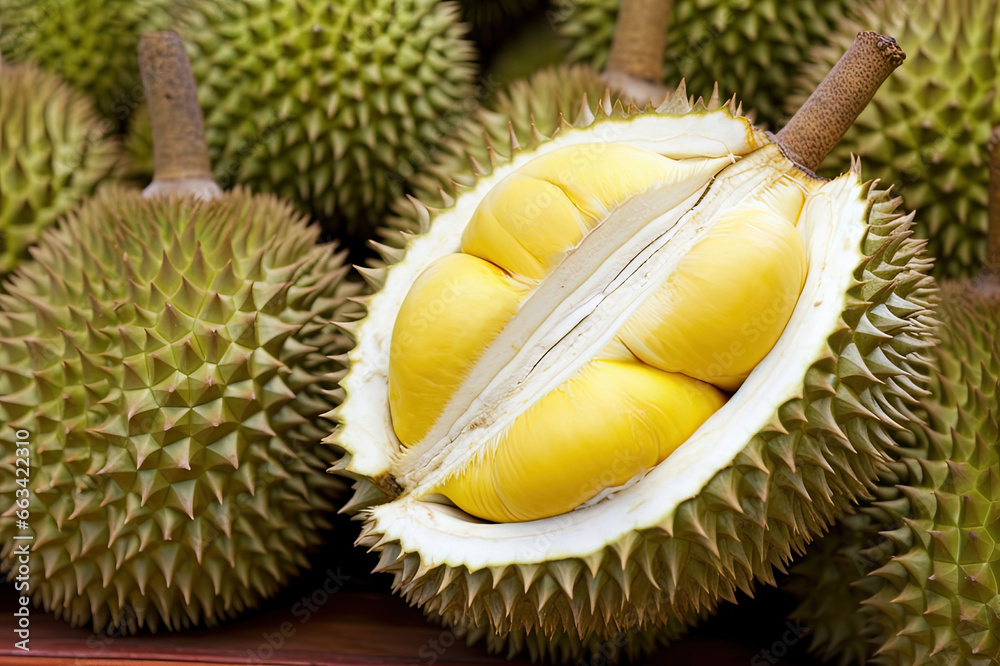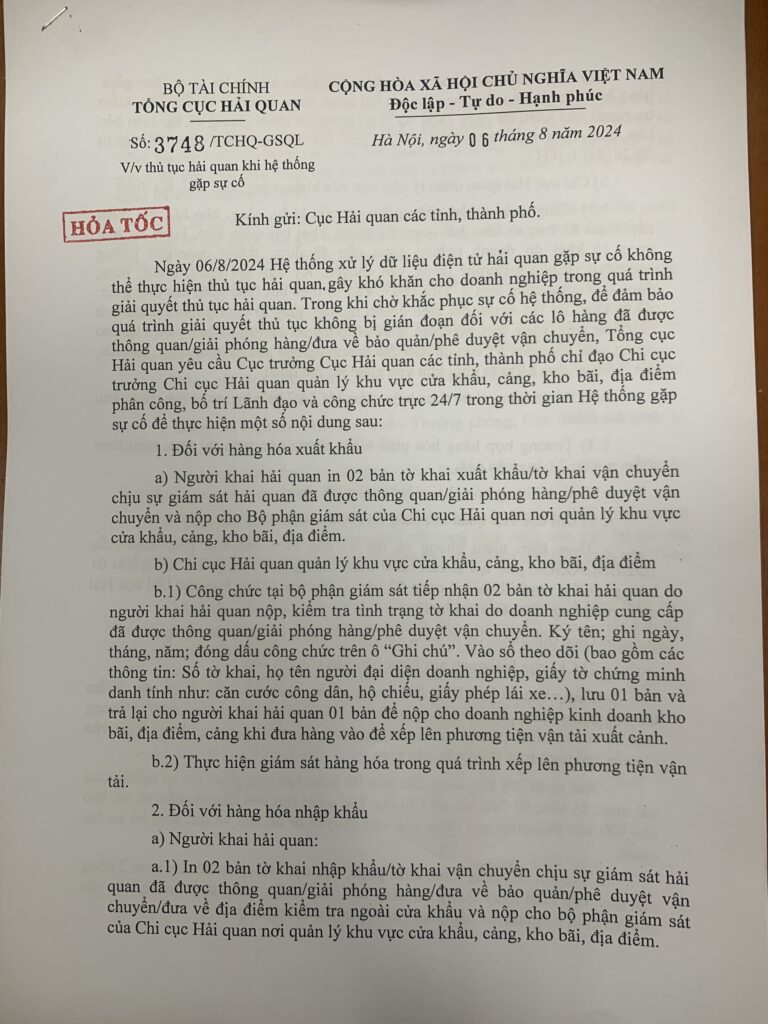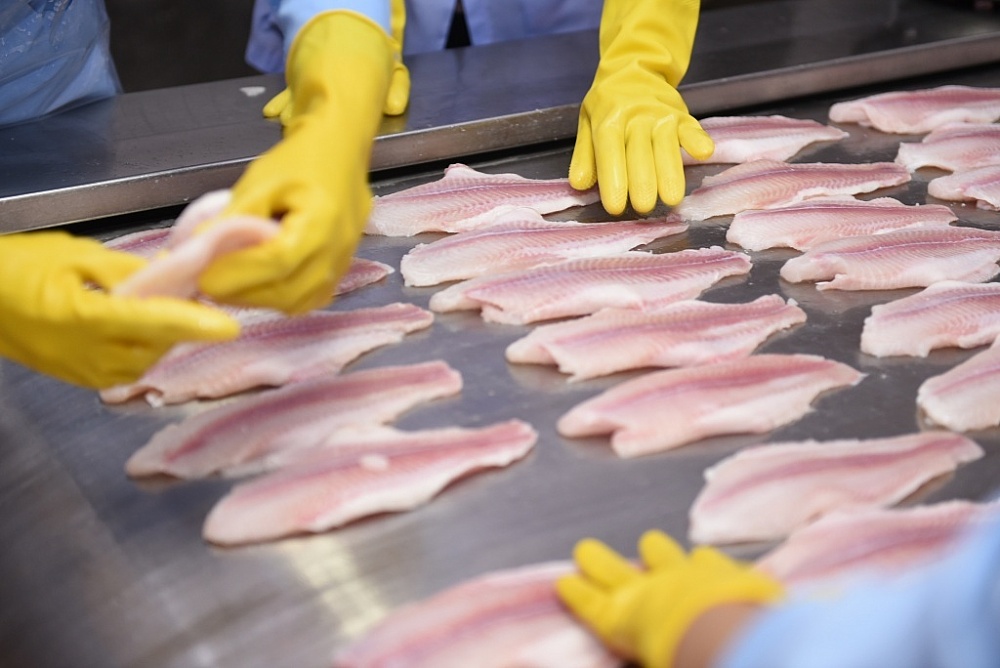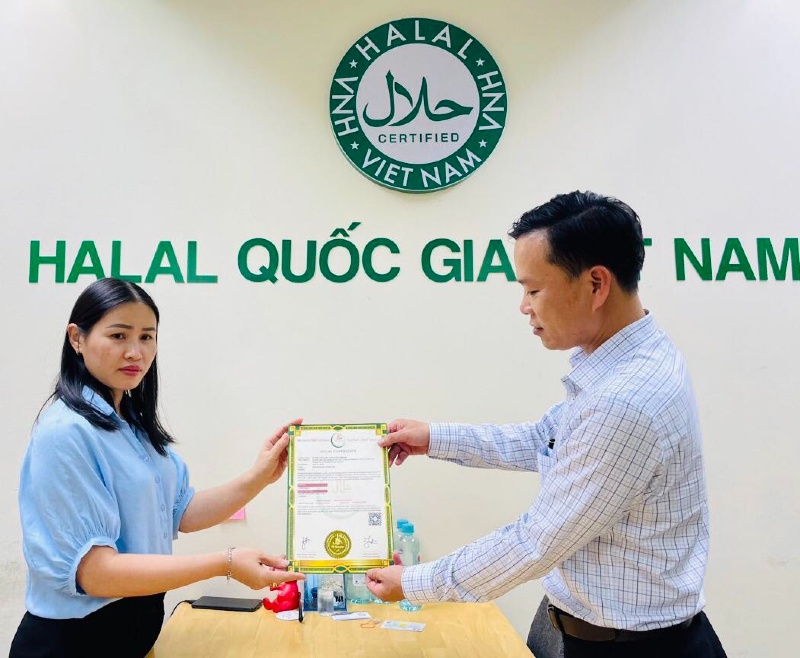Some export standards Mangosteen for the agricultural product industry Mangosteen export is one of the important economic segments of the agricultural product industry. To meet the demand for mangosteen exports to international markets, there are a number of important standards that need to be adhered to.
1. Quality requirements
1.1 Minimum requirements:
For all classes, specific regulations for each class and allowable tolerances must be complied with. Mangosteen export criteria must be:
- Intact
- Still intact and rolled
- Whole, not crushed or damaged
- Clean and free of impurities visible to the naked eye
- There are no harmful organisms that affect the appearance of the fruit
- No damage caused by harmful organisms
- There is no unusual moisture on the outside of the shell, except for condensation due to just being removed from cold storage
- No strange odors and/or tastes
- Fresh, with shape, color and flavor typical of the species
- No plastic leaks
- No defects visible to the naked eye
- Can be cut and opened easily.
–> See more: Handbook on exporting fresh fruit to the Chinese market
1.2 The development and condition of fresh mangosteens must allow them to:
- Continue the post-harvest ripening process until they reach appropriate maturity (the skin should be at least pink).
- Withstands transportation and handling
- Arrive at the place of consumption in the best condition.
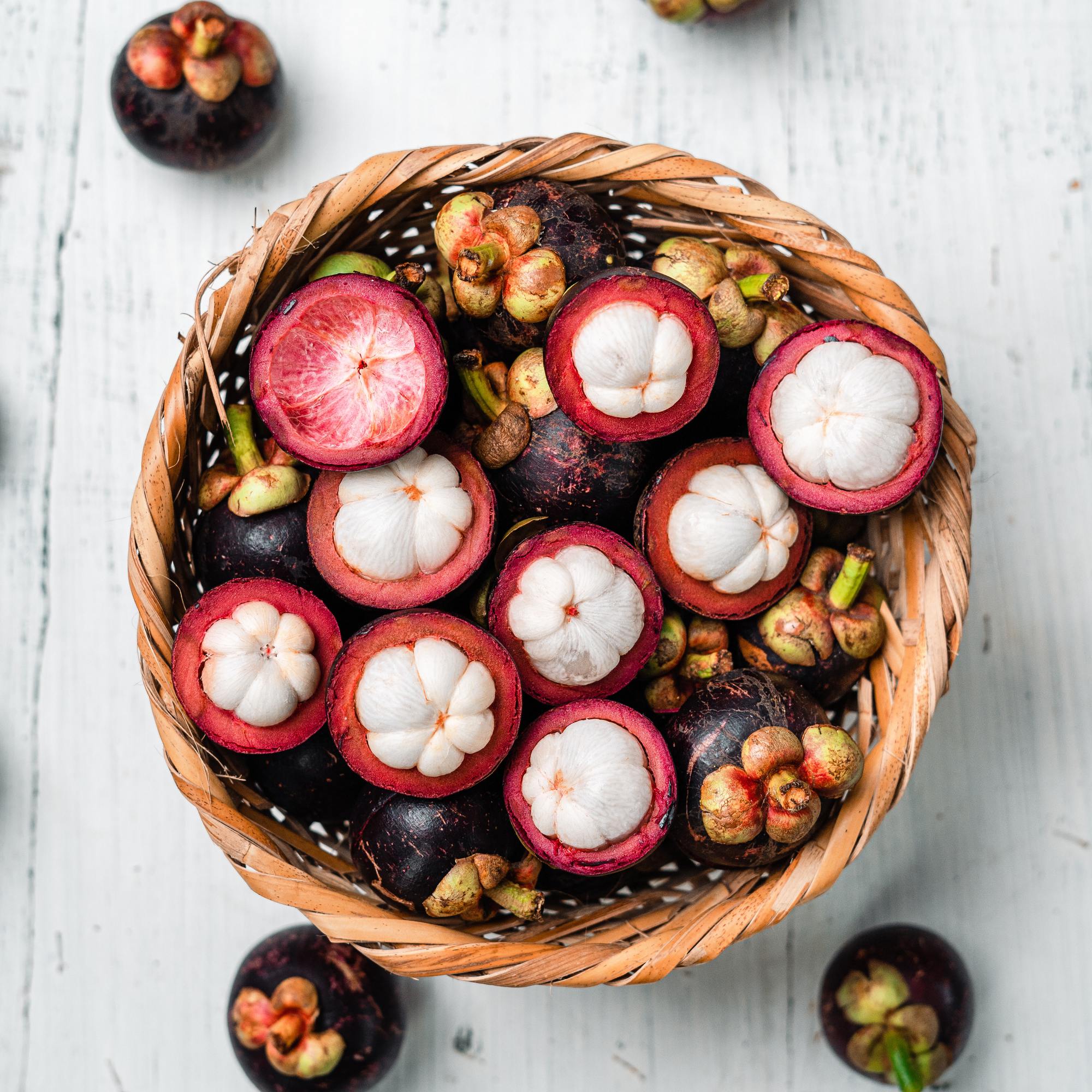
Some mangosteen export standards
1.3 Classification:
Fresh mangosteen is divided into 2 classes as follows:
– “Special” class: Fresh mangosteens in this class must be of the highest quality, typical for the variety and/or type of commercial product, free from defects, except for very minor skin defects that do not affect the appearance. quality and arrangement of products in packaging.
– Grade I: Fresh mangosteens in this class must be of good quality, typical of the variety and/or commercial product. Slight defects are allowed, as long as they do not affect the appearance, quality and presentation of the product in the packaging:
- Slight defects in fruit shape
- Slight defects on the skin of the fruit and length such as: bruises, scratches or other mechanical damage. The total defective area is not greater than 10 % fruit surface area.
- Defects must not affect the flesh.
2. Size requirements
Size is determined according to the maximum weight or diameter of the fruit as prescribed as follows:
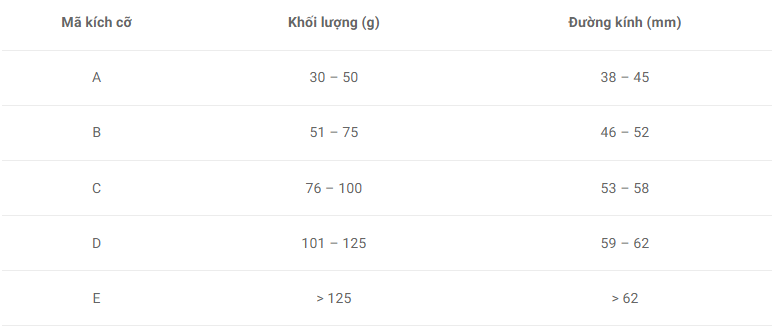
3. Error requirements
For products that do not meet the requirements of each class stated, errors in quality and size are allowed in each fruit packaging unit (or batch of fruit in loose form).
4. Presentation requirements
- Levelness: Fresh mangosteen fruit in each fruit packaging unit (or batch of fruit in loose form) must be uniform and include only fruit of the same origin, quality and size. The visible portion of product in each unit of fruit packaging (or batch of fruit in loose form) must be representative of the entire mass of fruit within.
- Packaging: Fresh mangosteen must be packaged to best protect the product. Materials used inside the packaging must be new, clean and not damage the surface or inside of the fruit. The use of materials, especially paper or stamps, carrying commercial information is allowed, but must be printed or pasted with non-toxic ink or glue.
- Packaging: Packaging must be of quality, hygienic, airy and durable, suitable for loading, unloading, transporting by sea and preserving fresh mangosteen. The fruit packaging unit (or lot of fruit in loose form) must not contain impurities and strange odors.
5. Labeling requirements
Retail packaging: When labeling pre-packaged foods, the following specific regulations must apply:
- Product name: If the product is not visible from the outside, the name of the fruit or variety of the fruit must be written on the label of each package.
Fruit packaging not used for retail sale: Each product packaging must have the following information, in letters on the same side, legible, clear, recognizable and visible from the outside or in accompanying documents.
- Identification: Name and address of exporter, packer and/or shipper. Identification code (optional)
- Product name: If the product is not visible from the outside, the fruit name, variety name and/or trade name must be written on the packaging.
- Product origin: Product origin or growing region or country, region or locality name.
- Commercial identification: Grade + Size (size designation or mass in grams or diameter in largest and smallest millimeters) + Net weight (optional)
- Inspection mark (optional)
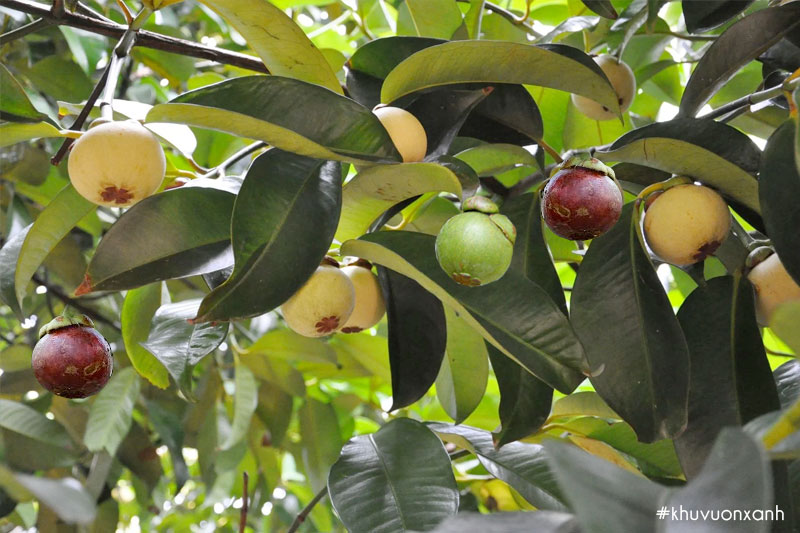
Some mangosteen export standards
6. Contaminant requirements
- If you want to export mangosteen to China, Korea, Japan, etc., you must comply with the maximum allowable level of current Standards.
- Exported products must comply with the maximum allowable pesticide residue levels according to current regulations.
If you are looking to export mangosteen, ensuring compliance with export quality standards and meeting requirements for size, presentation, labeling and contaminants will help access international markets effectively.
WOMENunmarketableDear customers, what about vughNg mahcbaht any information live above, please kunmarketabletnohivUhi our company deh nhahNDuhcsUgh phmoundcvmound tahn mind – tUh vahn miEhn fee, hoh pbelch 24/7.
Please contact hEh hotline: 0903712368 (MS.Trang) Deh DuhctUh vahntahn love veh mohI thahcmahccincubateDear customers.
—– RELATED ARTICLES:

